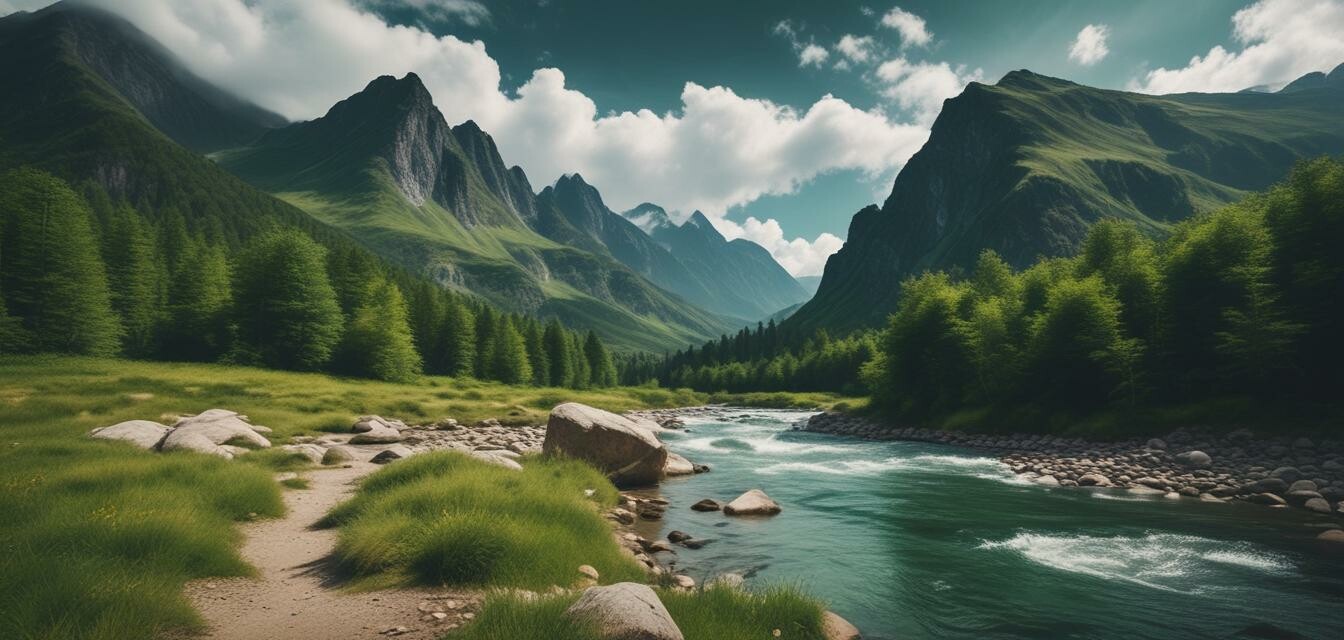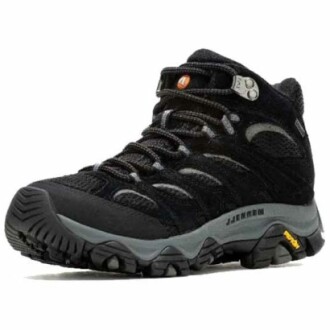
As an Amazon Associate, I earn from any qualifying purchases, at No Extra Cost to You.
Best Waterproof Clothing for Backpacking
Key Takeaways
- Choosing the right waterproof clothing is essential for comfort on the trail.
- Look for breathable fabrics to prevent overheating.
- Consider the weather conditions and pack layers for versatility.
- Test the waterproof capabilities of garments before embarking on a long trip.
Backpacking adventures can take you through some of the most unpredictable weather conditions. From pouring rain to sudden fog, having the right waterproof clothing is crucial to enjoying your journey without discomfort. In this guide, we’ll review the top waterproof options available for backpackers, discussing their effectiveness and suitability for different weather scenarios.
Why Waterproof Clothing is Essential for Backpackers
When hiking in wet conditions, having waterproof clothing can make a significant difference in your overall experience. The right gear helps keep you dry, warm, and comfortable, allowing you to focus on enjoying the beauty of nature rather than battling the elements. Here are some key reasons why waterproof clothing is a must-have:
- Protection from the elements: It keeps you dry during unexpected rain or snow.
- Comfort: Dry clothing keeps your body temperature regulated.
- Durability: Quality waterproof clothing is often more resistant to wear and tear.
Top Waterproof Clothing Options for Backpackers
Let’s dive into some of the best waterproof clothing available for your backpacking needs:
1. Waterproof Jackets
A reliable waterproof jacket is a critical piece of gear for any backpacker. Here’s a quick comparison of some top options:
| Jacket Name | Material | Waterproof Rating | Breathability | Weight |
|---|---|---|---|---|
| REI Co-op Rainier Rain Jacket | 100% nylon | 10,000 mm | 10,000 g/m² | 13 oz |
| The North Face Resolve 2 Jacket | DryVent™ 2L | 25,000 mm | 25,000 g/m² | 15 oz |
| Columbia Watertight II Jacket | 100% nylon | 10,000 mm | 8,000 g/m² | 13 oz |
2. Waterproof Pants
Waterproof pants are a vital layer for tackling wet trails. They protect your legs from rain and moisture, helping you stay comfortable during hikes. Below are some top choices:
- Arc'teryx Beta AR Pants: Lightweight and durable, made from GORE-TEX fabric.
- Columbia Rebel Roamer Pants: Affordable option with good waterproof performance.
- Marmot PreCip Eco Pants: Breathable and made from recycled materials, perfect for the environmentally-conscious.
3. Waterproof Hiking Boots
Your feet are the foundation of your backpacking experience. Keep them dry with quality waterproof boots. Here are our top recommendations:
Merrell Men's Moab 3
These boots provide excellent support and comfort, with a waterproof membrane to keep your feet dry on wet trails.
Learn MoreTips for Choosing Waterproof Clothing
Beginners Section
- Always check the waterproof ratings of the clothing.
- Consider layering your clothing for added protection.
- Test your gear in wet conditions before heading out.
- Don’t forget lightweight, waterproof accessories like gloves and hats.
Waterproof Accessories to Consider
In addition to jackets, pants, and boots, consider these waterproof accessories to enhance your backpacking experience:
- Waterproof gloves: To keep your hands warm and dry.
- Waterproof hats: Protects your head and keeps rain off your face.
- Waterproof gaiters: Keeps your legs dry and protects against debris.
Conclusion
Choosing the right waterproof clothing for backpacking plays a crucial role in ensuring a comfortable and enjoyable adventure. Be sure to consider the weather conditions and pack accordingly. Invest in quality gear that can withstand the elements, and don’t skimp on testing your equipment before hitting the trails. With the right waterproof clothing, you can confidently embrace the great outdoors, rain or shine!
Pros
- Keeps you dry during wet conditions.
- Comfortable options available for extended wear.
- Improved durability with quality materials.
Cons
- Can be more expensive than regular clothing.
- Heavier options may add weight to your pack.
- Some materials may not be fully breathable.
